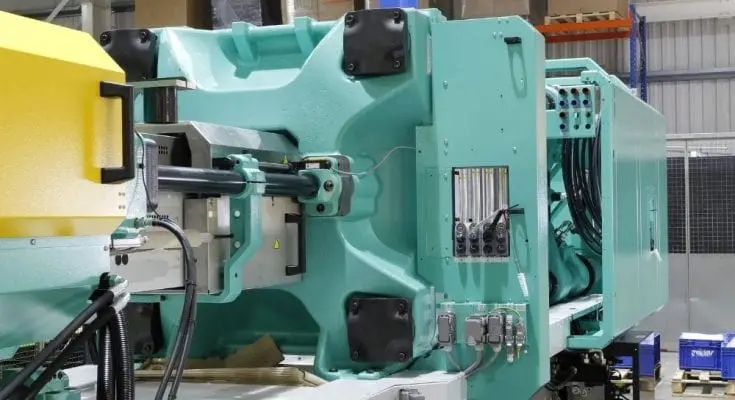When choosing a manufacturing process for your product, a high degree of design flexibility should be a top priority. Ultimately, design flexibility can have a large influence on the function, aesthetic appearance, and overall success of your final product. To gain a better understanding of what design flexibility is and why it is important, continue reading.
Design Flexibility: A Definition
In the manufacturing industry, design flexibility largely refers to the ability of a production process to quickly and efficiently accommodate internal or external changes. Design flexibility may also refer to the freedom that a given design process grants the designer in terms of implementing various capabilities.
For example, the process of reaction injection molding is considered to offer a high degree of design flexibility due to its many different capabilities, such as encapsulating materials, molding in attachments, creating parts with high variations in wall thickness, and inserting stiffening ribs. Such competencies allow designers the flexibility to create a diverse range of designs without compromising aesthetic or functional features due to design limitations.
The Benefits of Design Flexibility In Manufacturing
Now that we have discussed what design flexibility is, let’s move on to why it is important. As previously stated, the level of design flexibility that a manufacturing process offers can largely influence the success of the final product it is used to produce. Some of the most notable advantages of design flexibility include:
- Optimizes functionality. Perhaps the most impactful benefit of design flexibility is the ability to create products with optimized functionality due to the lack of restrictions on the production process’s capabilities.
- Enhances aesthetic appearance. Choosing a manufacturing process that offers a high level of design flexibility will allow designers to produce a part that has the specific aesthetic features that they desire rather than settling for a bulky or unsophisticated appearance.
- Reduces the need for design sacrifices. Without a manufacturing process that offers a high level of design flexibility, designers will often have to make structural or aesthetic sacrifices due to the limitations of the production process.


